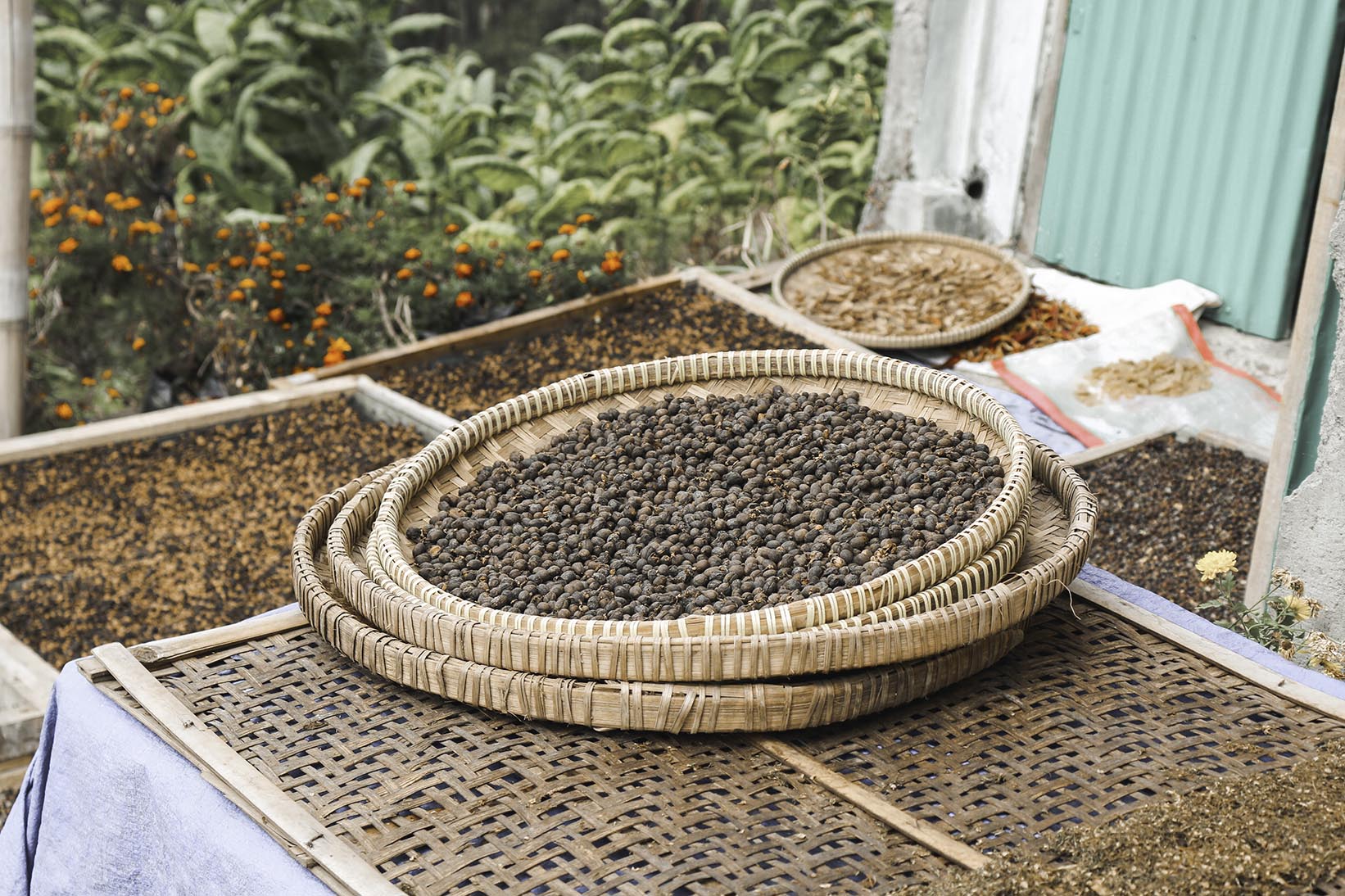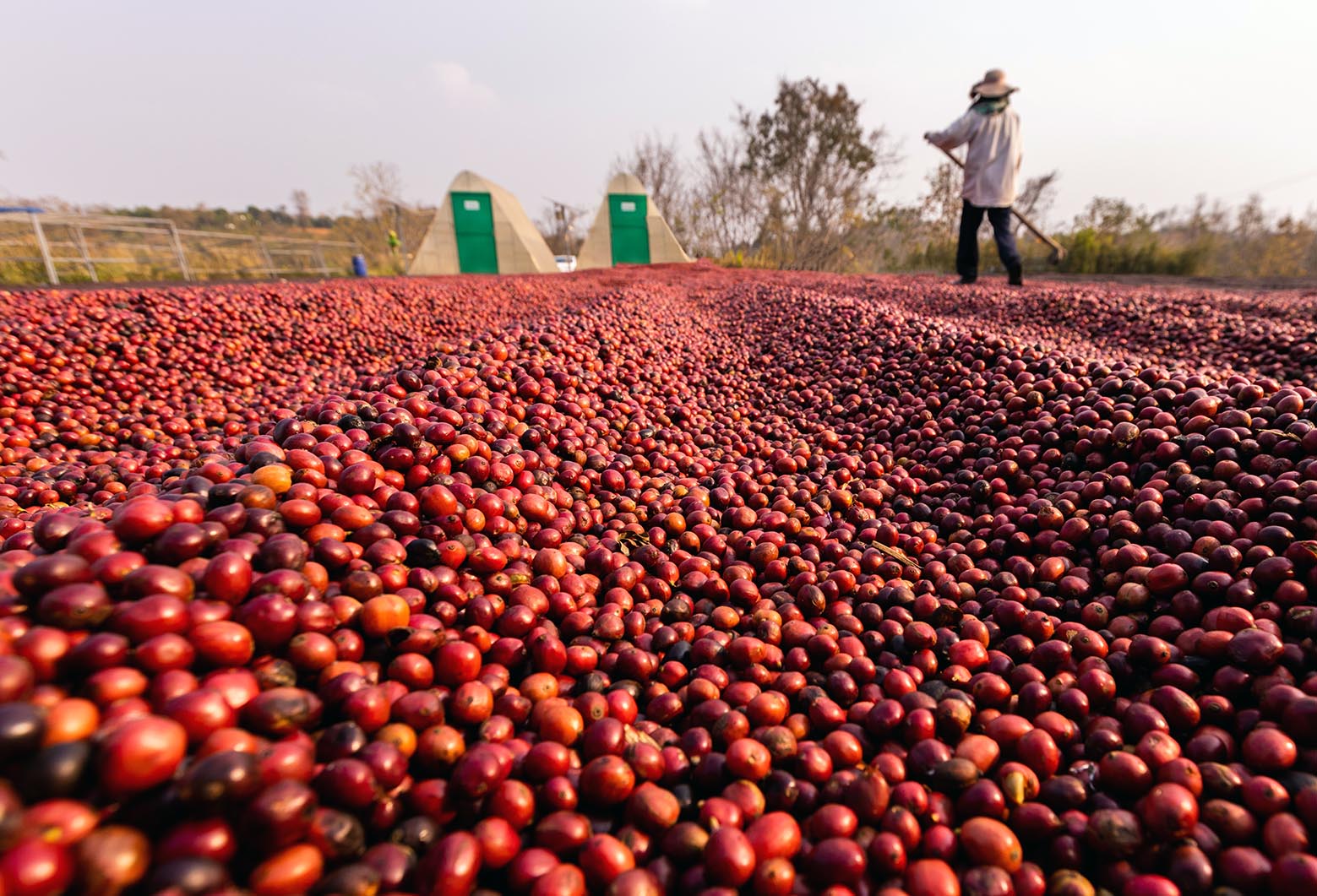Coffee drying is one of the most important phases of producing the best quality coffee. It is also one of the longest processes in the post-harvest stage of production. Coffee can be dried in two major methods. The first comes the traditional method of spreading coffee beans out under the sun on elevated beds or yards. The second method employs dedicated mechanical coffee dryers to adjust the moisture.
We are here to learn in detail about coffee drying and the various techniques followed during the drying process to bring out the coffee cup with delicious flavor profiles.
What is Coffee Drying?
Coffee drying is a post-harvest method used to preserve the quality of coffee. All kinds of coffee, no matter it is washed, natural, or honey processed, must be dried at certain stages of processing. Temperature and airflow are the two main factors that contribute to coffee drying.
During the entire course of drying, it is mandatory to keep the process within temperature limits for each type of method followed; naturals have temperature limits of 45°C while coffees in parchment should be dried under 40°C.
Moisture levels are also constantly tracked to avoid developing mold within the beans. Before drying, moisture levels can be maintained between 40 to 50% and should be reduced from 11% to 12%.
When mechanical dryers are used, coffee gets normally pre-dried under the sun to some level, and then the Dryers complete the process with superior precision and accuracy.
When sun drying is used, humidity is a major concern. Because it can delay the drying process and keeps varying moisture scales. Conversely, in mechanical dryers utilized by Kerchanshe, the drum is perforated, which permits moisture to escape.
Risks In Drying Coffee Under The Sun
The sun-drying method involves many risks including inappropriate manual drying, uncontrolled fermentation, animal contamination, and contrary weather circumstances, all of which can impact critically on cup quality.

Coffee beans drying in the sun in the traditional basket at Indonesia.
Uncontrolled fermentation occurs when coffee is not dried quickly enough, as microbes break down compounds within the coffee and produce unwanted flavors. Sun-drying depends on reliable heat and low humidity. During heavy rainfall, farmers may face interruptions or risk the quality of their coffee. In addition to this, growers run the risk of overheating coffee when there’s an upsurge in temperatures.
Mechanical drying comes with many modern rotary dryers equipped with internal thermometers and drying control systems, which let the handler set a maximum temperature and thereby avoiding overheating of coffee in the drum.

Coffee beans drying in the sun. Coffee plantations at coffee farm
Sun-drying is basically confined to farmers having very small spaces with flat surfaces. This method not only takes up more space but also needs longer durations causing a bottleneck. But with the novel, smaller-batch rotary dryers and a variety of drum sizes available in the market, even micro coffee production can benefit from mechanical dryers.
Mechanical Drying Of Coffee
Mechanical drying of coffee possesses three chief advantages over drying coffee under the sun; eliminating uncontrolled environmental variables which disturb the coffee quality, enhancing accuracy, and reducing delays. Moreover, mechanical dryers safeguard coffee against adverse or unpredictable weather conditions.
Modern rotary coffee dryers have many features including drying control systems. Using these systems, producers can manage the temperature over three distinct variables: the heat source, the air, and the coffee. These systems also ensure better accuracy throughout the drying process.

Rotary dryers have traditionally been connected with drying huge batches of commercial or commodity-grade coffee. Today, modernizations in mechanical drying made them suitable for specialty products as well.
Kerchanshe has successfully implemented Coffee Drying Machines in all districts it operates. With mechanical drying, time and temperature can be effortlessly controlled. “Control” refers to more steadiness in quality and profoundly fewer risks in the drying process.
Coffee Dryers let farmers retain consistent harvest after harvest. By dropping the drying time and spending less labor to revolve the coffees, growers will have more labor time accessible to harvest and process. This will help Kerchanshe to secure loyal purchasers who seek out stable, high-quality coffees.
